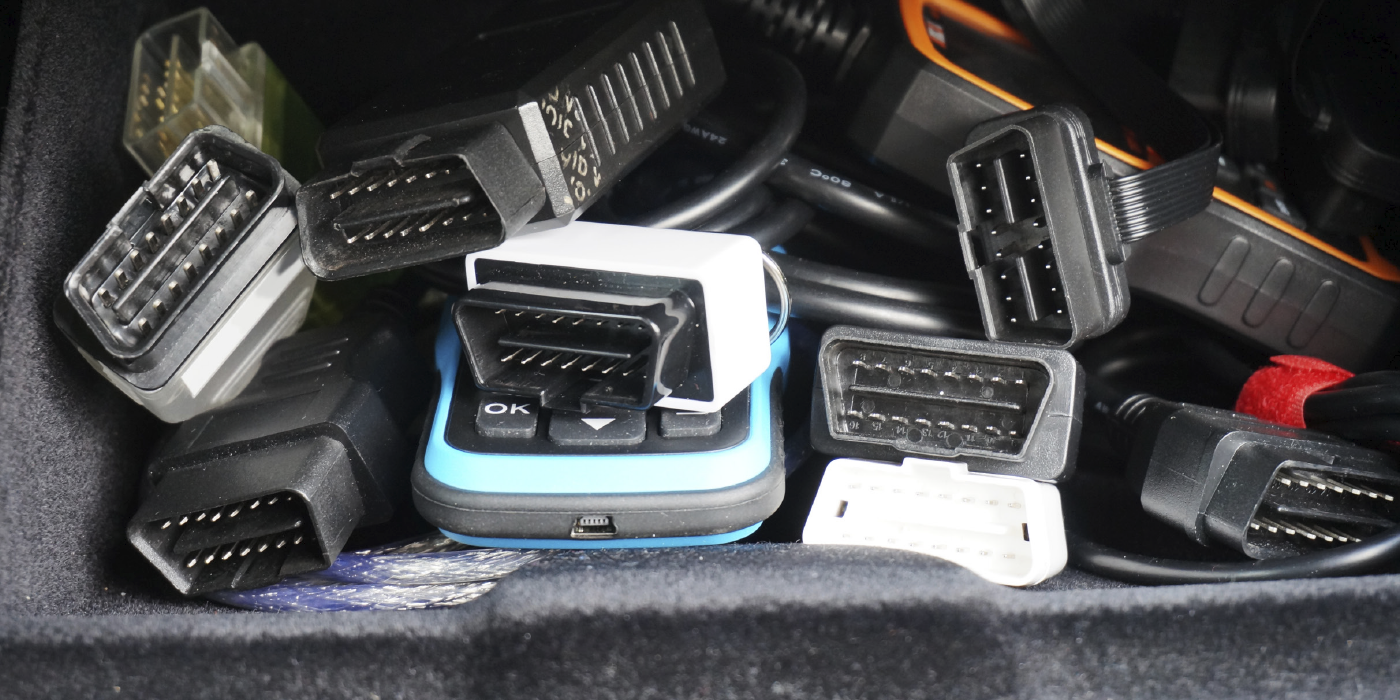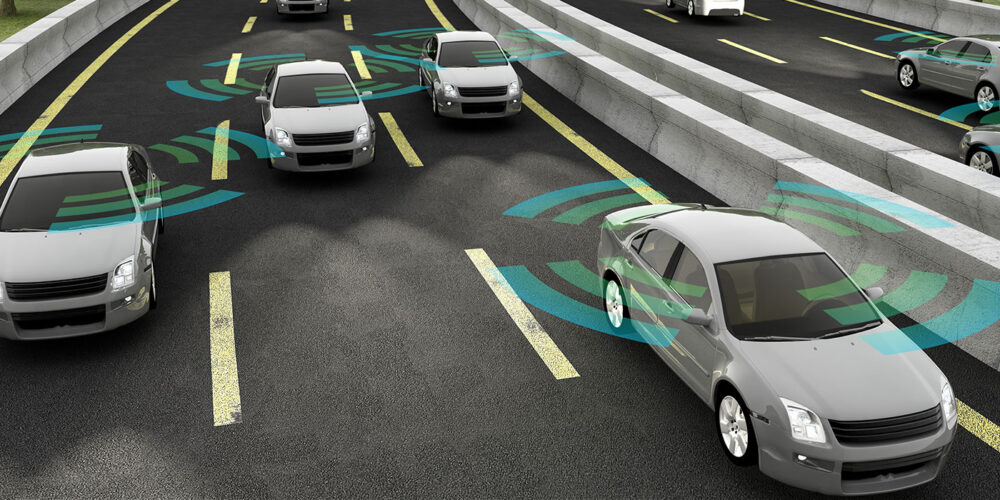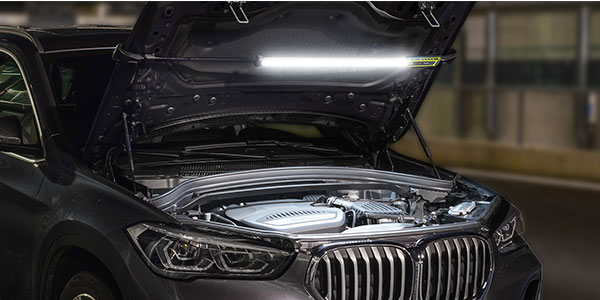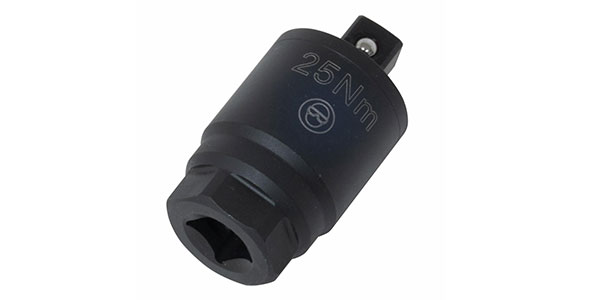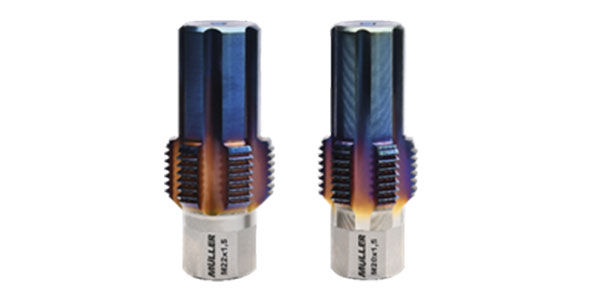How is it that you can immerse yourself in a subject for years and years, only to find out you don’t know some of the seemingly most obvious things you should? It’s hard to say, but it happened to me recently, and twice on the same subject.
American history, with a heavy focus on World War II, has been one of my favorite areas of research and study for the majority of my adult life. So, I don’t know how it is, after almost 30 years, that I finally learned about the star in the window. During WWII, if you had a family member that was serving in the war, you displayed a small flag in your window with a blue star on it.
If that family member was killed, you replaced it with a gold star. I learned about it while watching a documentary, but when I decided to look it up for more information, I learned that the practice began during WWI and, though not seen often, still takes place today.
Then I learned that I had a great uncle who served and was killed in WWII. How did I not know either of these things? For years, any time I’ve met someone who was either of the approximate age or had a family member of the approximate age, I’ve asked them about their service. Why would I not think to ask about my own family? And why would my family never think to mention it?
Maybe I just assumed that if we had a family member who had served, it would have been mentioned from time to time. But then again, as was common with “The Greatest Generation,” they served their country, lost their lives, lost friends and family members and sacrificed many things, all in the service of their country. They didn’t ask for anything in return. They went back to live their lives and lived them with optimism and zest, rarely looking back — and rarely talking about it. And I think that’s the definition of patriotism.
Then I had another thought. I’ve always sought out the knowledge of those who have served, to hear their story from either them or a family member. I have photos of people I’ve never known, and written accounts of stories from one-time chance meetings with veterans. I’ve saved newspaper clippings of stories and keep everything displayed so I can read it over and over again.
Why is this? It’s respect for our veterans and it’s my own version of patriotism. Those who have served have risked or given everything to defend this country. I think how good I’ve had it, thanks to them. This is my country. This is our country. This is the United States of America, and the citizens of this country are more than just people. They are mothers, fathers, brothers and sisters who all share a relationship that can never be broken. We are Americans.
This Memorial Day, I looked at some pictures and read some stories to remember those who lost their lives. And now, every year on that day we can all look at the American flag and know that we all have a star in the family.


